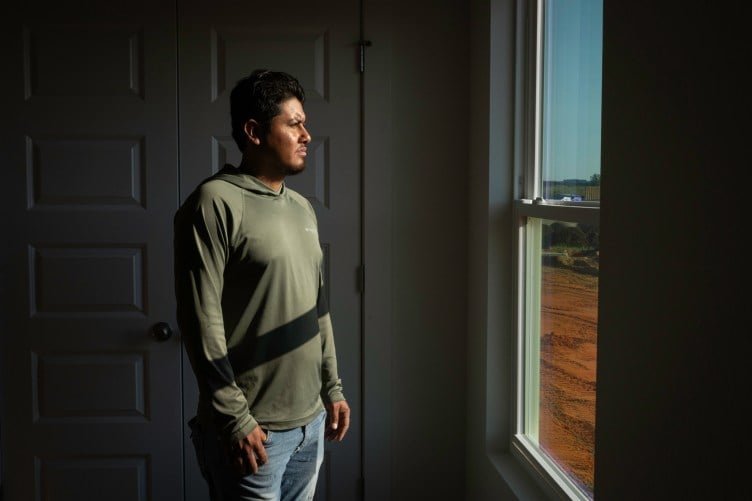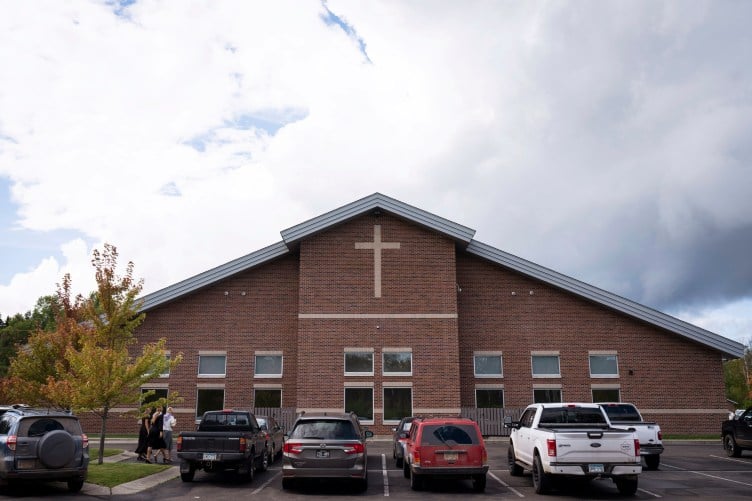Cook County residents continue to die at a staggering rate from opioid-related overdoses, and Black residents from Chicago’s West Side account for a disproportionate number of those deaths.
County political and public health officials on Tuesday sounded the alarm about what they said was a preventable crisis that has been overshadowed by the COVID-19 pandemic.
“Whatever crisis faces our communities, people of color bear the brunt of it,” Toni Preckwinkle, the Cook County Board president, said at a news conference. “These compounding public health crises show the existing inequities in our system and their disproportionate impact on communities that already struggle with disinvestment, lack of resources, violence and poverty.”
ProPublica Illinois first reported on the spike in opioid deaths in May and highlighted how the pandemic, which has killed more than 7,000 people in Illinois, has exacerbated an already fatal epidemic. The victims of both crises are disproportionately Black.
As of Tuesday, more than 1,180 Cook County residents have died or are suspected to have died from opioid-related overdoses this year, according to a ProPublica Illinois analysis of data from the Cook County Medical Examiner’s Office. That’s about twice the number of people who died because of opioids during the same period last year.
Half of the confirmed opioid-related deaths have been among Black people, even though Black residents make up less than a quarter of the county’s population. Dr. Ponni Arunkumar, the county’s chief medical examiner, said the majority of victims are on Chicago’s West Side, including in the Austin, East Garfield Park and West Garfield Park neighborhoods.
The number of overdose deaths began to rise months before the spread of the coronavirus, but the pandemic has added new challenges, and not just in Cook County. ProPublica Illinois reported previously that other areas of the state and cities across the country have seen increased opioid-related deaths. Experts say several factors have contributed to the crisis, including financial stress, desperation and people using opioids without someone nearby to administer naloxone, an overdose-reversal drug.
What’s more, fewer people are coming to the emergency room to seek help, in large part out of fear of contracting COVID-19, said Dr. Steven Aks, an emergency room physician at John H. Stroger Jr. Hospital of Cook County and chief of toxicology for Cook County Health. He stressed that hospitals are safe and urged people to call 911 in the event of an overdose.
“What we’d like to say is that it’s safe here. That’s the most important message,” he said. “If they make it to our care, they will likely live.”
County officials said they are working to get more naloxone to syringe exchange programs, local clinics and law enforcement agencies. Still, Dr. Kiran Joshi, a senior medical officer at the Cook County Department of Public Health, acknowledged that there is not enough naloxone available in the neighborhoods that most need it. He added that the county is using federal and state grant money to increase the local naloxone supply.
Read More
“It’s important to blanket the community with as much naloxone as possible,” he said. But “what we’ve found is that the communities where we see the most overdoses happening, among the most vulnerable populations, do not have the naloxone that they need. So this is a significant need.”
The soaring death toll means the state likely will not meet its goal of reducing the number of projected opioid deaths in 2020 by one-third. State Rep. La Shawn K. Ford, a Chicago Democrat whose district includes Austin, said in an interview that communities need more resources for substance abuse and mental health treatment, as well as outreach. Some residents, he said, don’t even know naloxone exists.
“The state, the city and the county should treat the opioid crisis and heroin crisis as the pandemic that it is,” he said.
COVID-19, he said, cannot eclipse the fight against opioids.
“We have to make sure we don’t let the heroin and opioid crisis be forgotten,” he said. “We see what happens when we lose sight of it.”



















